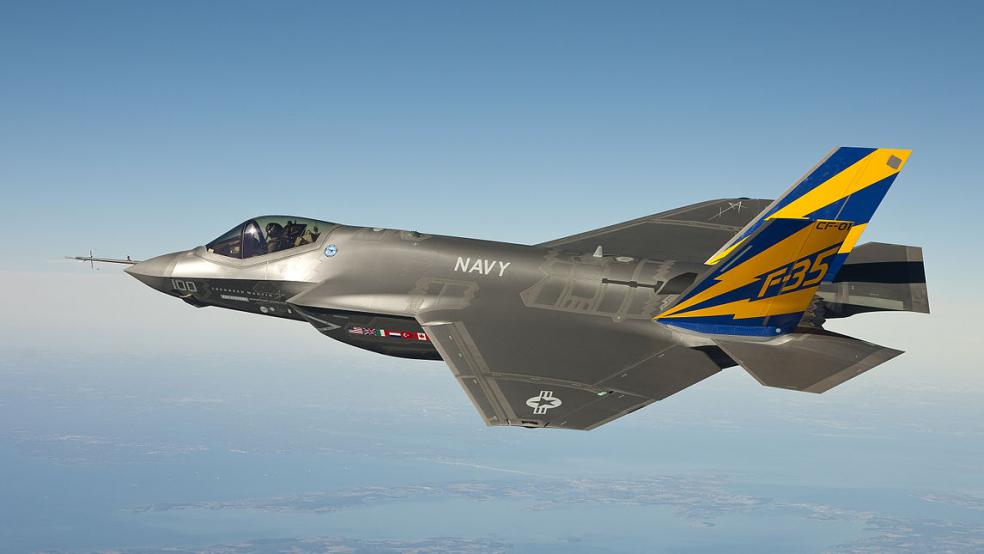Will it ever be clear what the F-35 Joint Strike Fighter – the most expensive weapons system in history – has cost American taxpayers?
On Monday, a Pentagon report to Congress predicted that the total cost of developing and producing 2,456 of the stealth jets, up from 2,443, may be as high as $406.5 billion.
As Bloomberg first reported, that possible 7 percent increase — $27.5 billion — in so-called acquisition costs comes after years of declining estimates. It also comes after President Trump’s much-ballyhooed jawboning of Lockheed Martin to bring down costs.
Related: Trump Claims He Saved Millions on the F-35, but Repairs Could Cost Billions
The separate estimated cost of keeping the F-35 flying over the 20-year life of the program also increased, by $35 billion, to more than $1.1 trillion. Combined, that brings the total cost of the program to more than $1.5 trillion.
But for a slew of reasons, you would need an army of accountants to figure out exactly how much the F-35 will have pulled out of taxpayers’ pockets when all is said and done — if that point is ever reached.
For starters, there are three versions of the aircraft: One for the Air Force (the biggest buyer), one for the Navy and one for the Marines. The version designed for the Marines is the most expensive because it can take off from a very short runway and make vertical landings.
Related: With Yet Another Software Delay, Can F-35 Fighters Roll Out Fast Enough?
The report delivered to Congress on Monday, known as a Selection Acquisition Report (SAR), broke the news that the Marines are adding 13 of their variants, the F-35B, to the total planned purchase.
Beyond that, there have been production delays and, on some of the F-35s, software glitches, defective insulation, oxygen deprivation issues and other problems.
In April, the General Accounting Office said “mission software” problems were among the reasons causing delays that it expected would add $1.5 billion to program costs in 2018 alone.
The Bloomberg story by Tony Capaccio said a decision by the Air Force to extend its planned procurement “by an additional six years from fiscal 2038 to fiscal 2044” — buying 60 jets a year, down from 80 — was also jacking up total acquisition costs.
Capaccio cited a tweet by Senate Armed Services Committee Chairman John McCain that pretty much said it all. On Monday, McCain wrote on Twitter: “After years of delays & massive cost overruns, another reminder that the true cost of the F-35 program is still TBD.”





